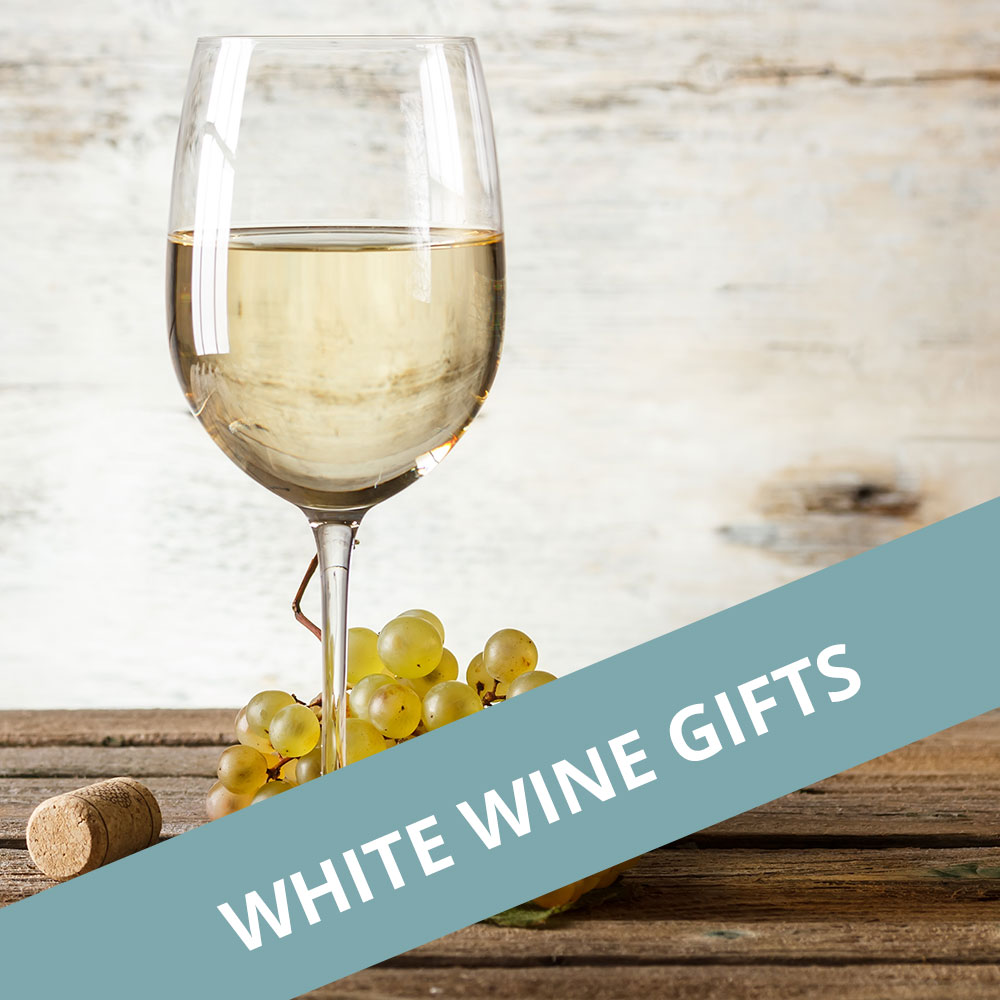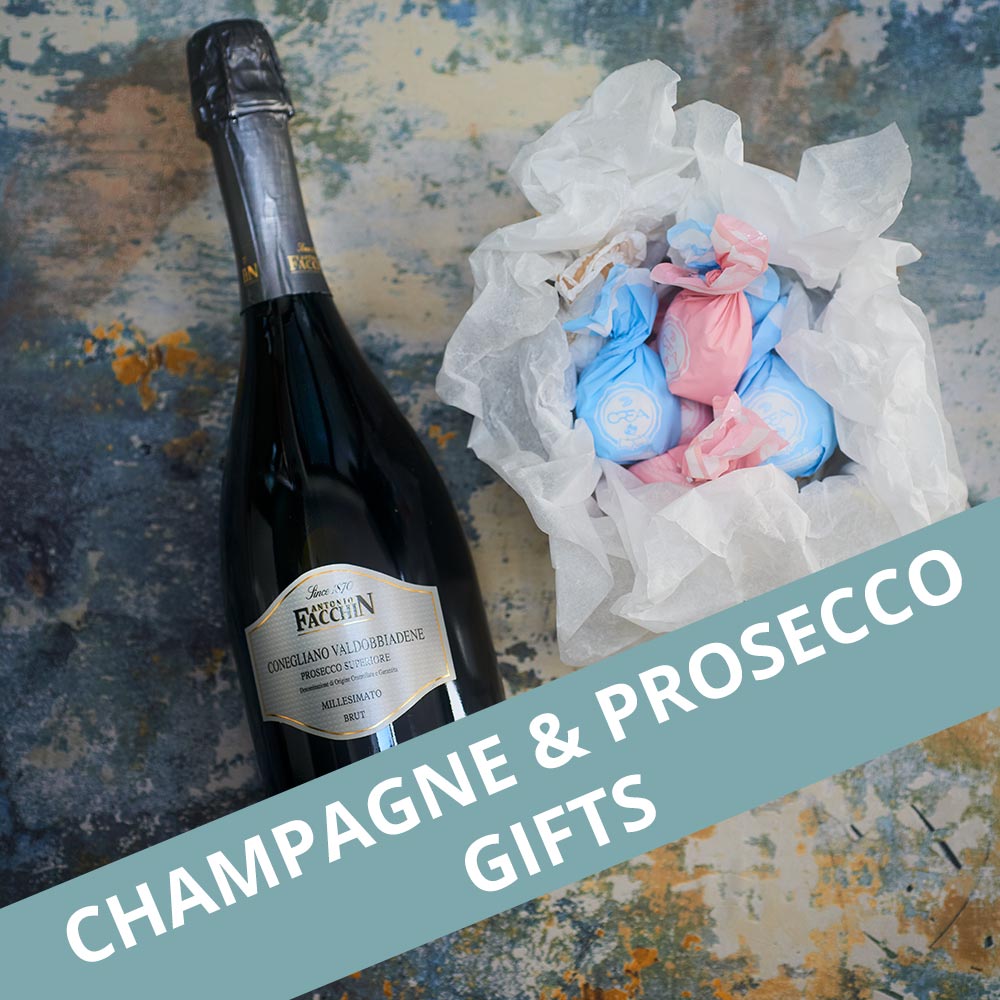You have no items in your shopping cart.
Colours of Wine: Beyond Red & White
Image: Henry Fournier
When European brand Gïk launched their unique blue wine in the UK in 2016, Instagram was delighted. Wine enthusiasts, less so. The Independent dismissed it as “glorified mouthwash” and many tasters condemned the sickly sweetness produced by the use of artificial sweeteners. But that doesn’t mean that it’s back to red or white for good. If you’re looking to stray off the traditional colour spectrum, there are a number of other options that pre-date even the big two.
Rosé Wine
Often the third-wheel of the wine section, rosé wine is made using black grapes, but the skins aren’t left to macerate for as long as those in red wines. Despite being commonly associated with younger drinkers, it’s actually thought to be the oldest type of wine because it’s the easiest to make.
Most rosés can be divided into two main categories depending on how they’re made: vin gris and saignee. With vin gris, skins are removed almost immediately, so the resulting colour is very pale. With saignee, skins are left to macerate for a little longer, giving a darker colour.
Blended rosé - made by mixing red and white wines - remains a sore spot for many winemakers who believe it detracts from the quality of traditional rosés, but it does exist and is in fact the favoured technique when it comes to Champagne.
Orange Wine
As explained by Tom Kearney, “orange wine is a white wine that’s made like a red wine.” When you make red wine, you use black grapes and leave the skins in the juice for an extended period of time. When you make white wine, you use white grapes and usually take the skins off straight after pressing. Orange wine is made with white grapes, but the skins are left to macerate.
The result is an orange hue (which can range from a pale apricot to a deep amber) and a more intense flavour than you’d typically find in a white. Leaving skins on boosts tannins which results in a more astringent flavour, but the white grapes mean there’s a mouth-watering acidity.
It’s thought that this process dates back centuries, when it was implemented for reasons of practicality rather than fashion. However, these wines had largely fallen out of favour by the 1970s, and it wasn’t until the early 2000s that they made a comeback and the label “orange wine” was applied.
Yellow Wine
Vin Jaune is a type of white wine that comes from the Jura region in France, and is made with the area’s famous Savagnin grapes. Its intense, golden colour is the result of deliberate oxidation during the ageing process - a tricky business undertaken in oak barrels over a period of at least six years.
To get a proper Vin Jaune, a thin veil of yeast needs to form over the surface to create the unique aromas. These are often compared to those found in sherry (although Vin Jaune is not a fortified wine) because of the nutty characteristics.
Vin Jaune has a complex and intense palette which can lead to a love-it-or-hate-it situation for many drinkers. Those in favour often choose it to pair with similarly strong cheeses because it’s one of the few wines that can really hold its own.
As with red and white, rosé, orange and yellow wines have a whole spectrum of styles and flavours to explore. The next time you’re buying a bottle for a dinner party, consider raising your glass over the rainbow.

 Free UK Delivery
Free UK Delivery




